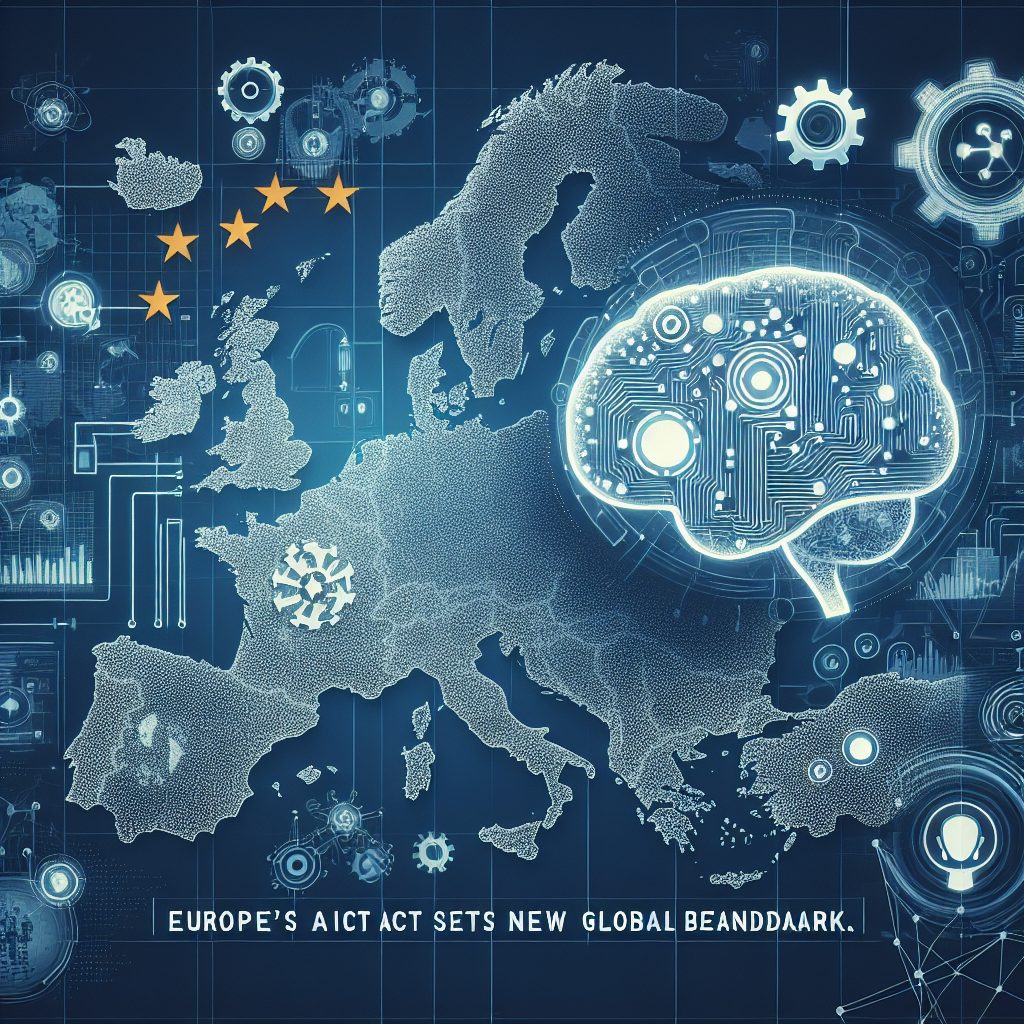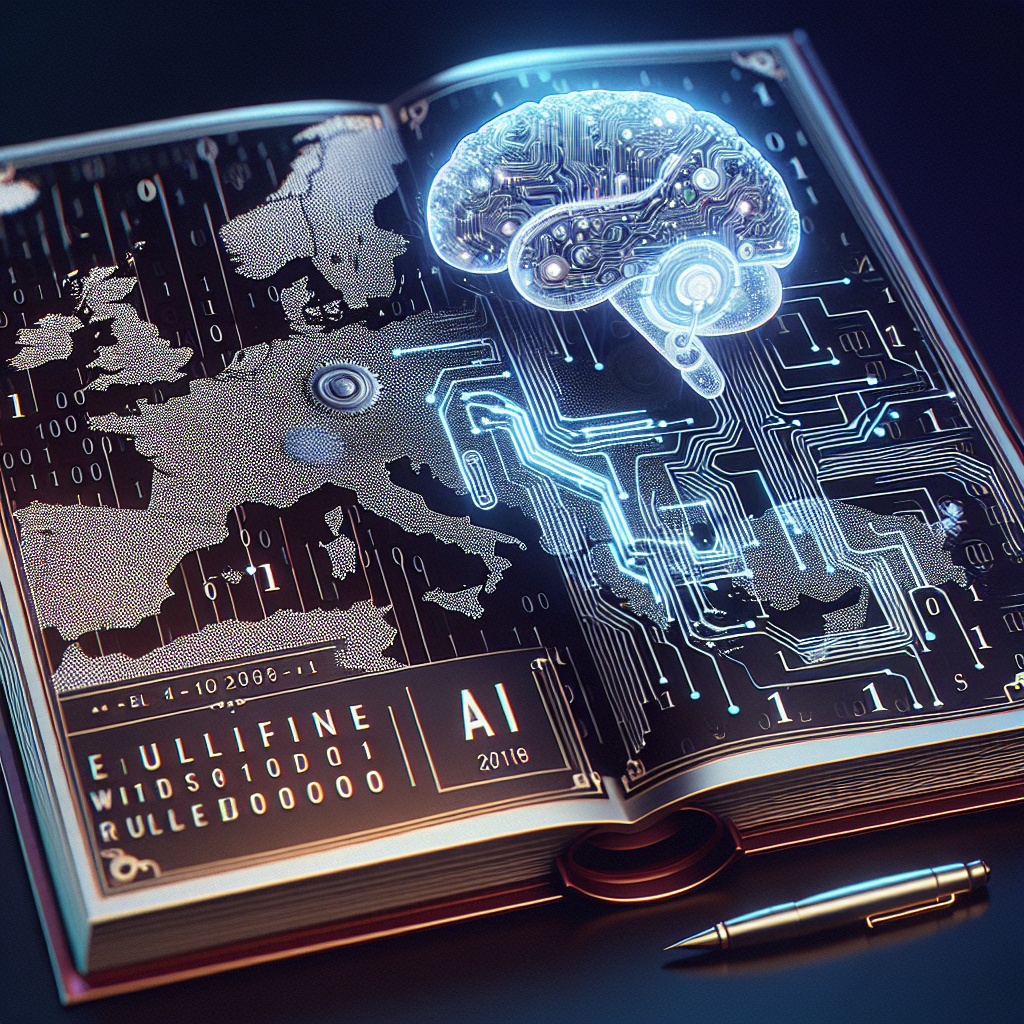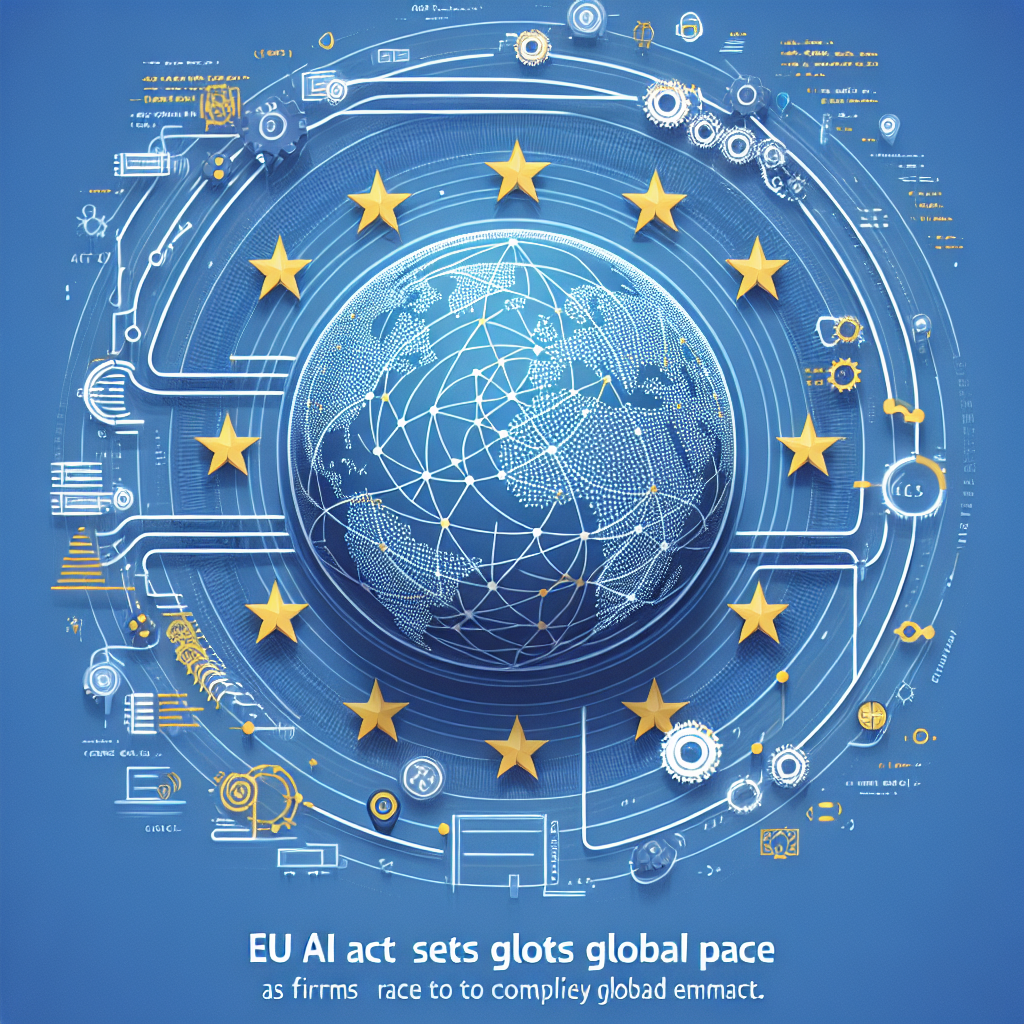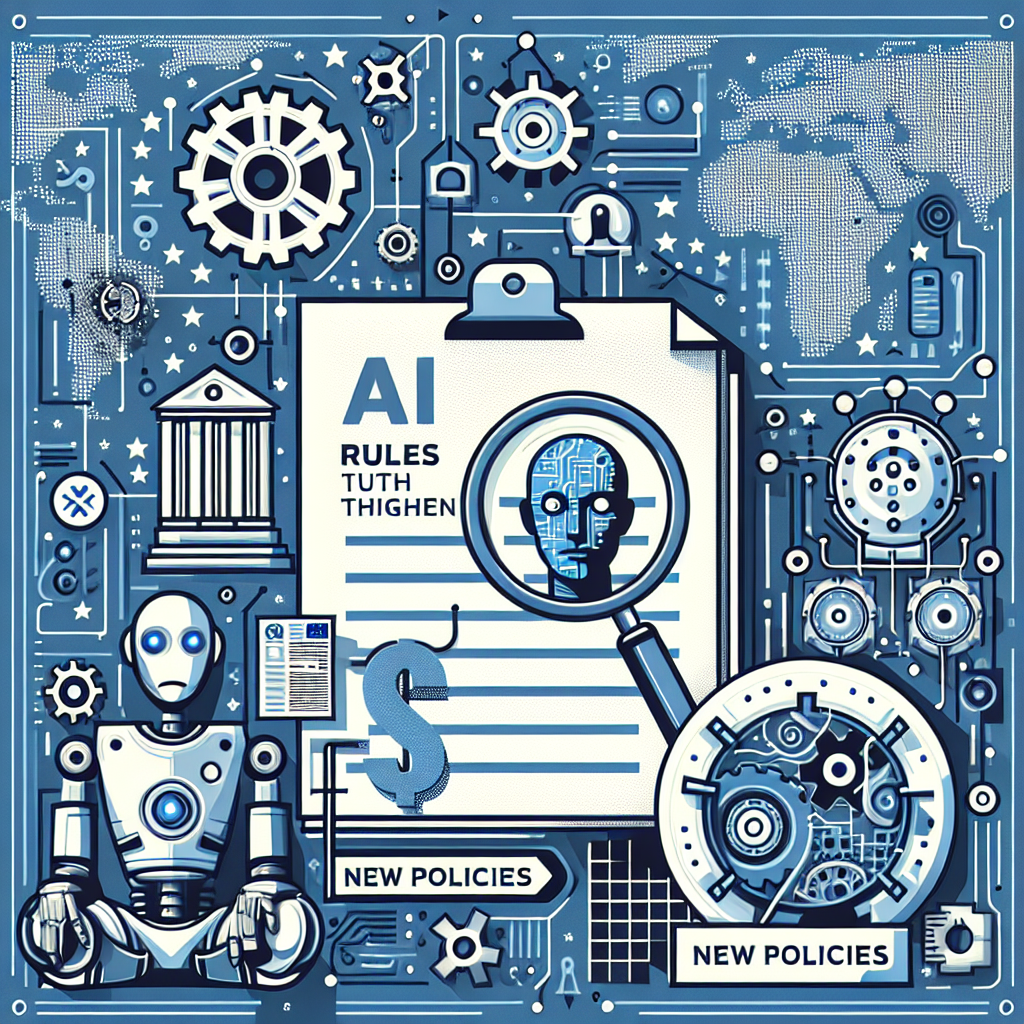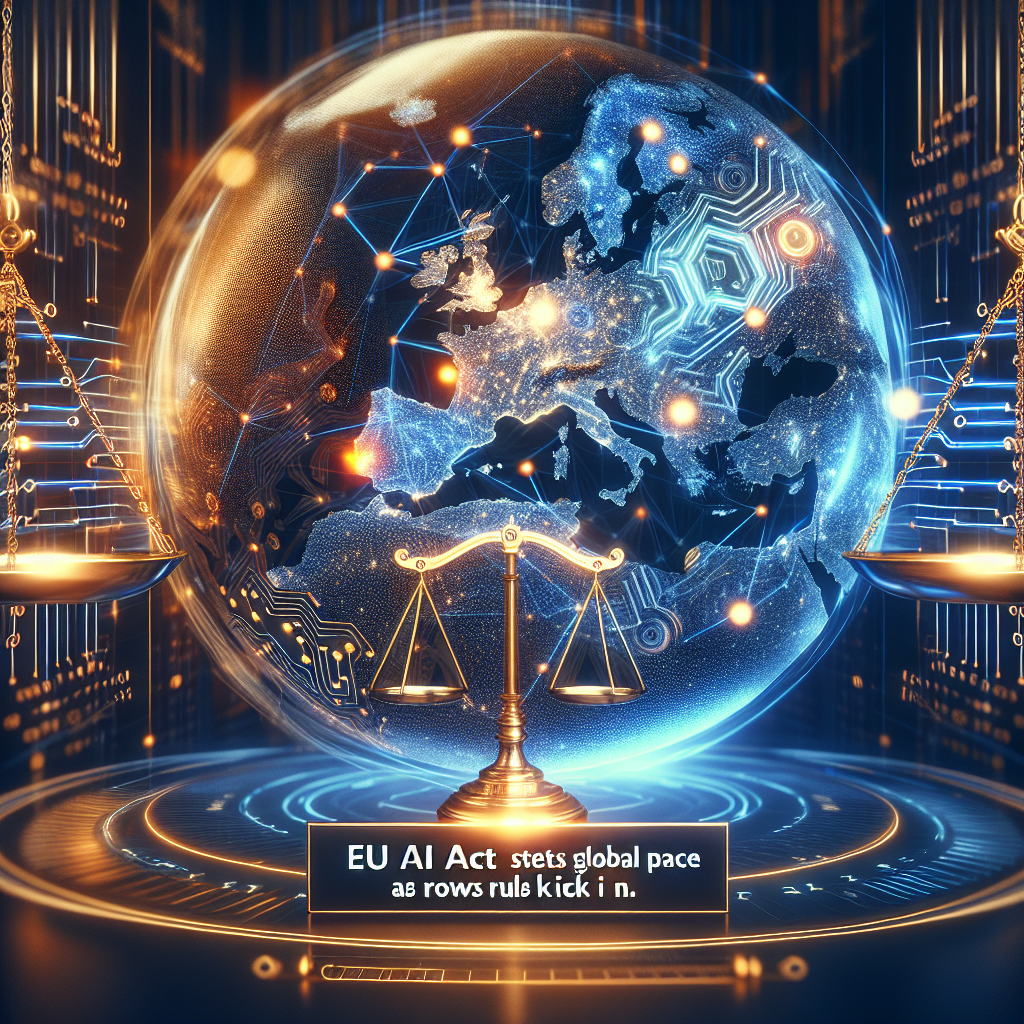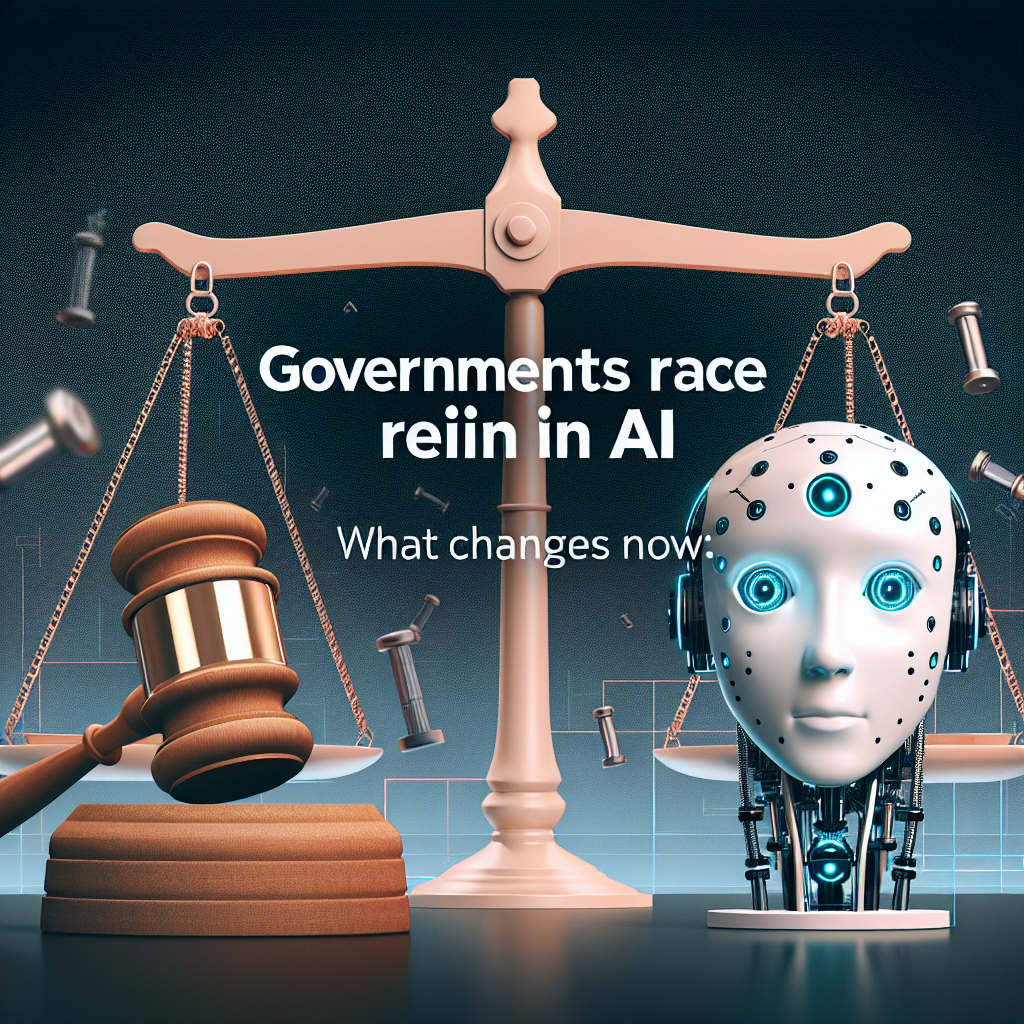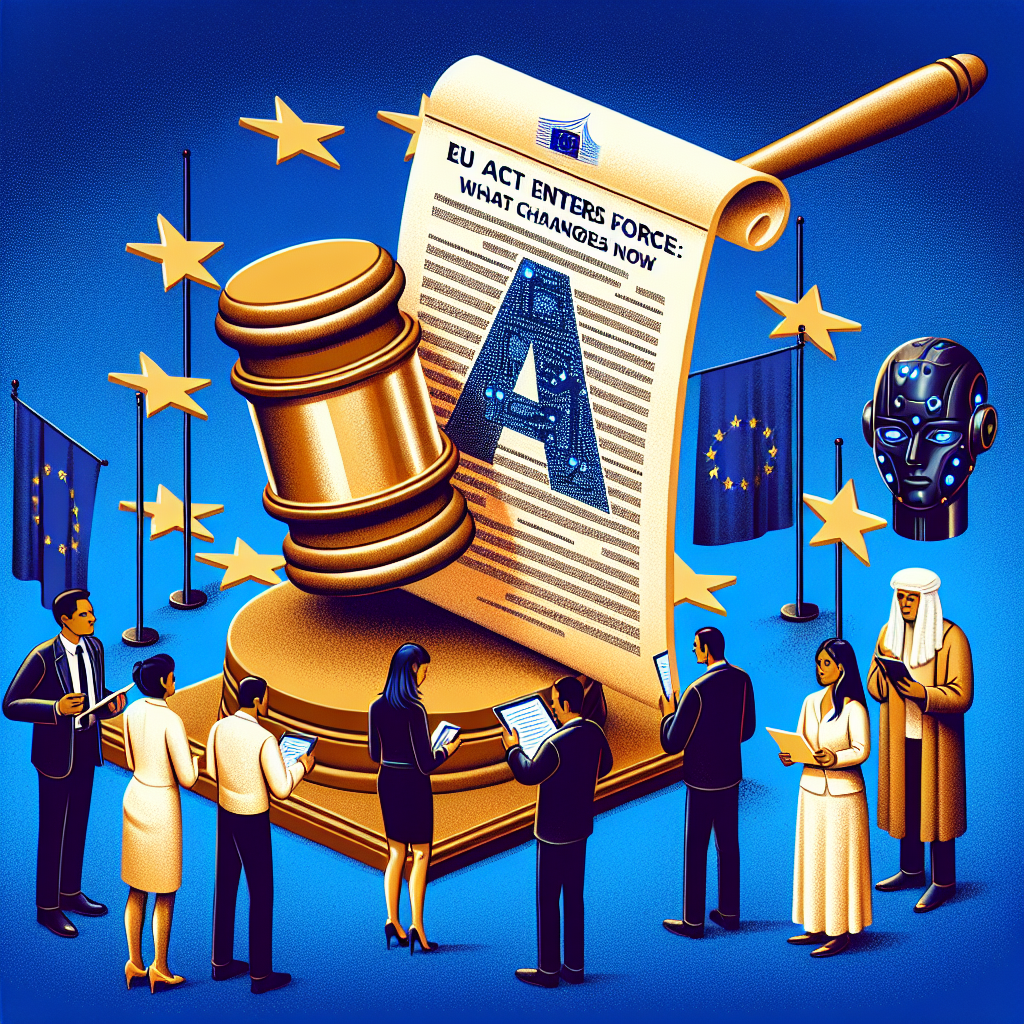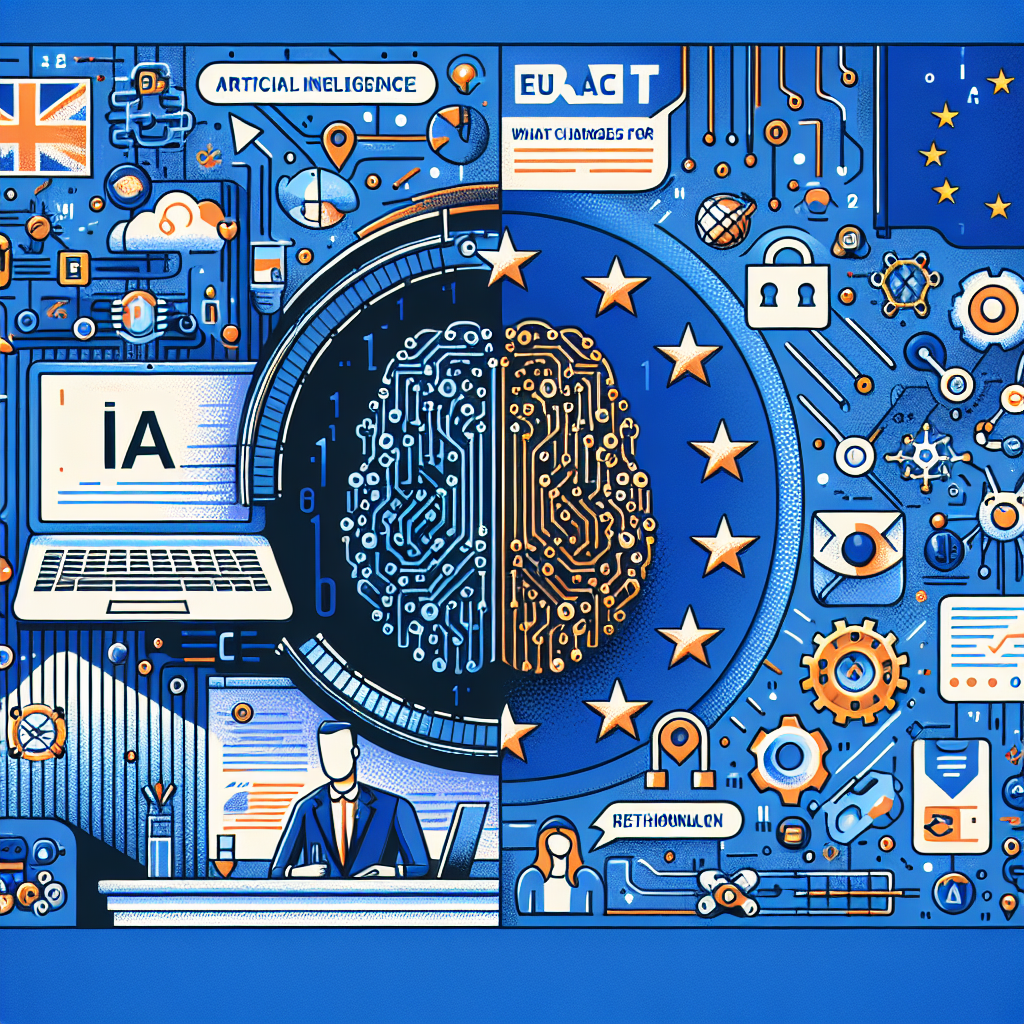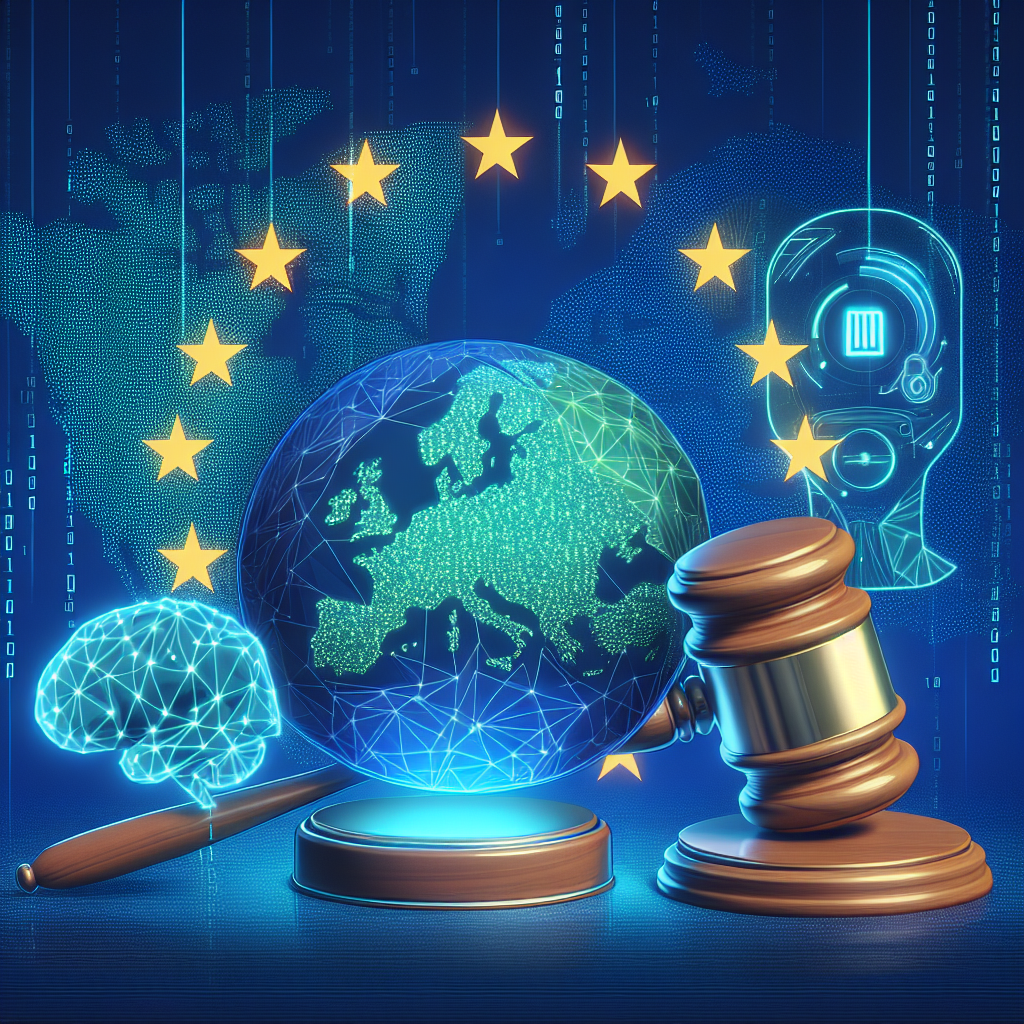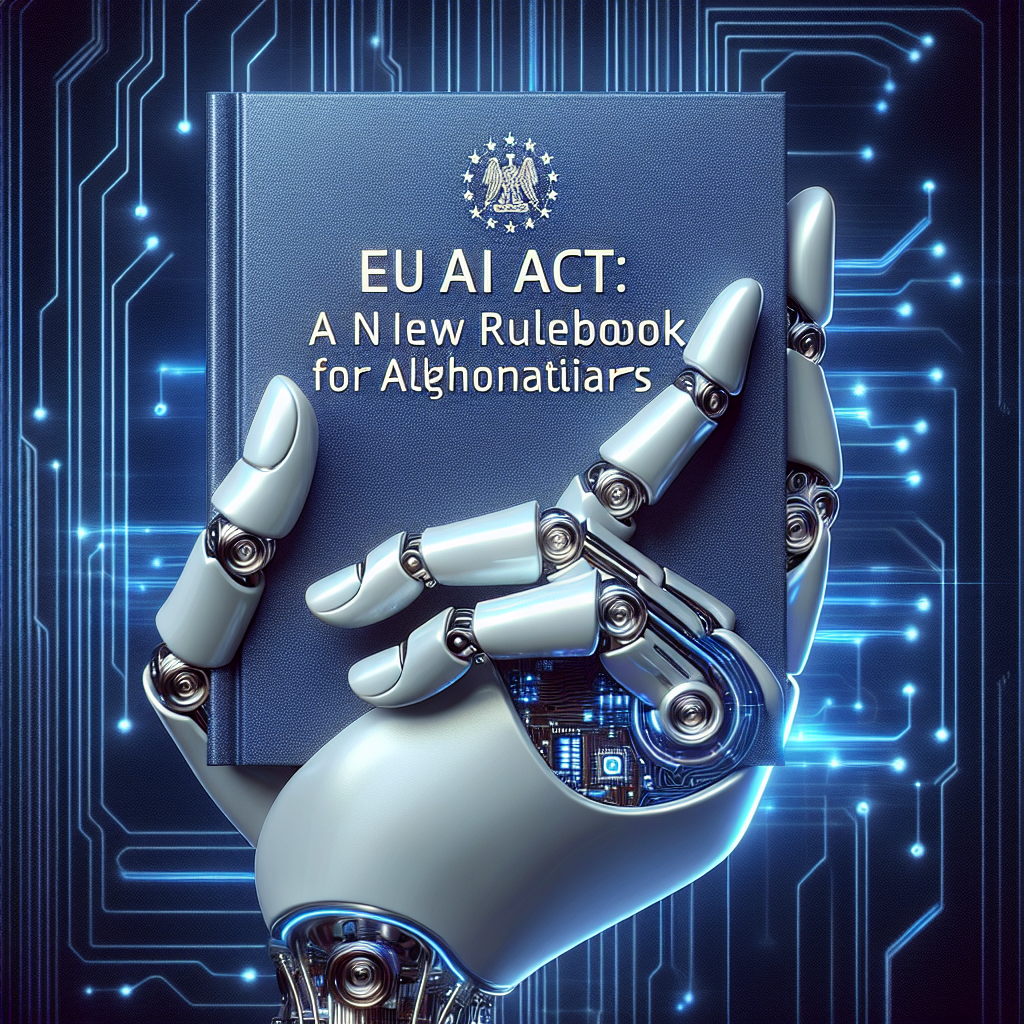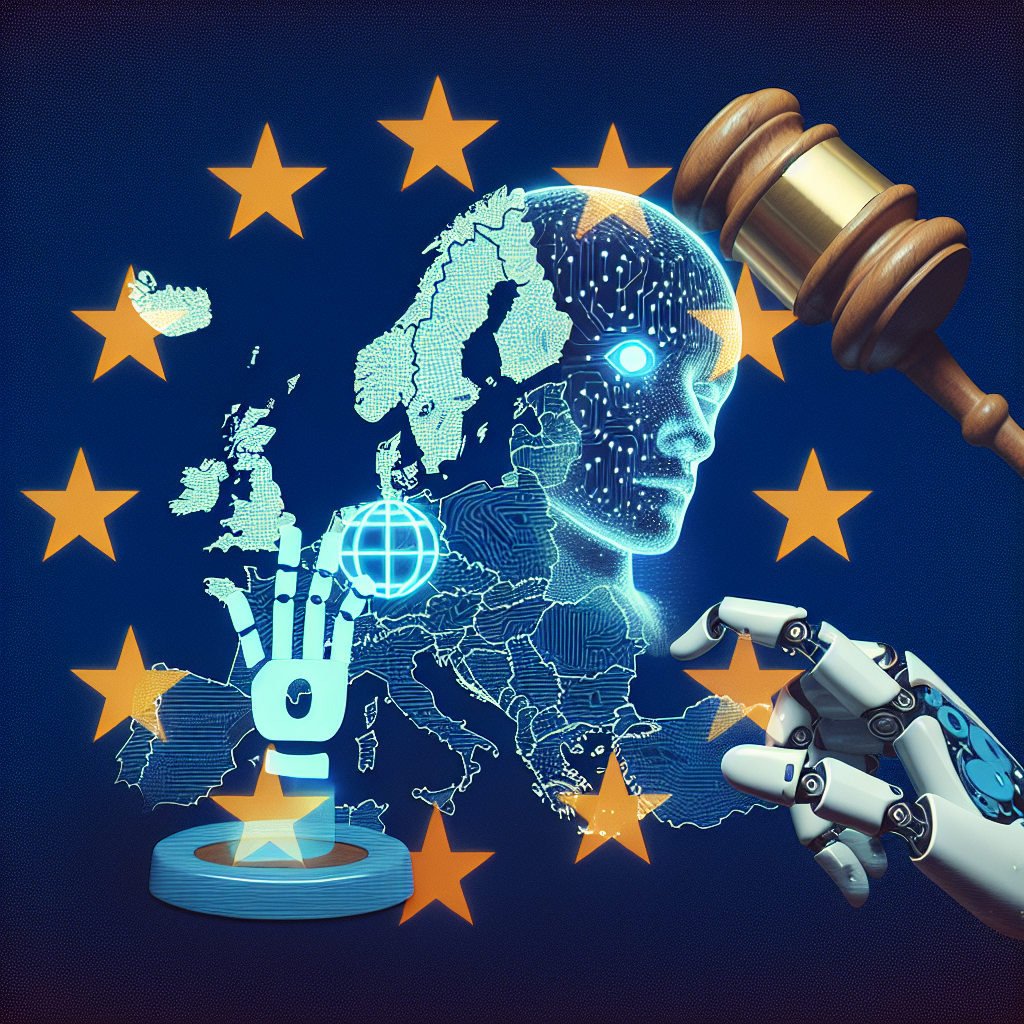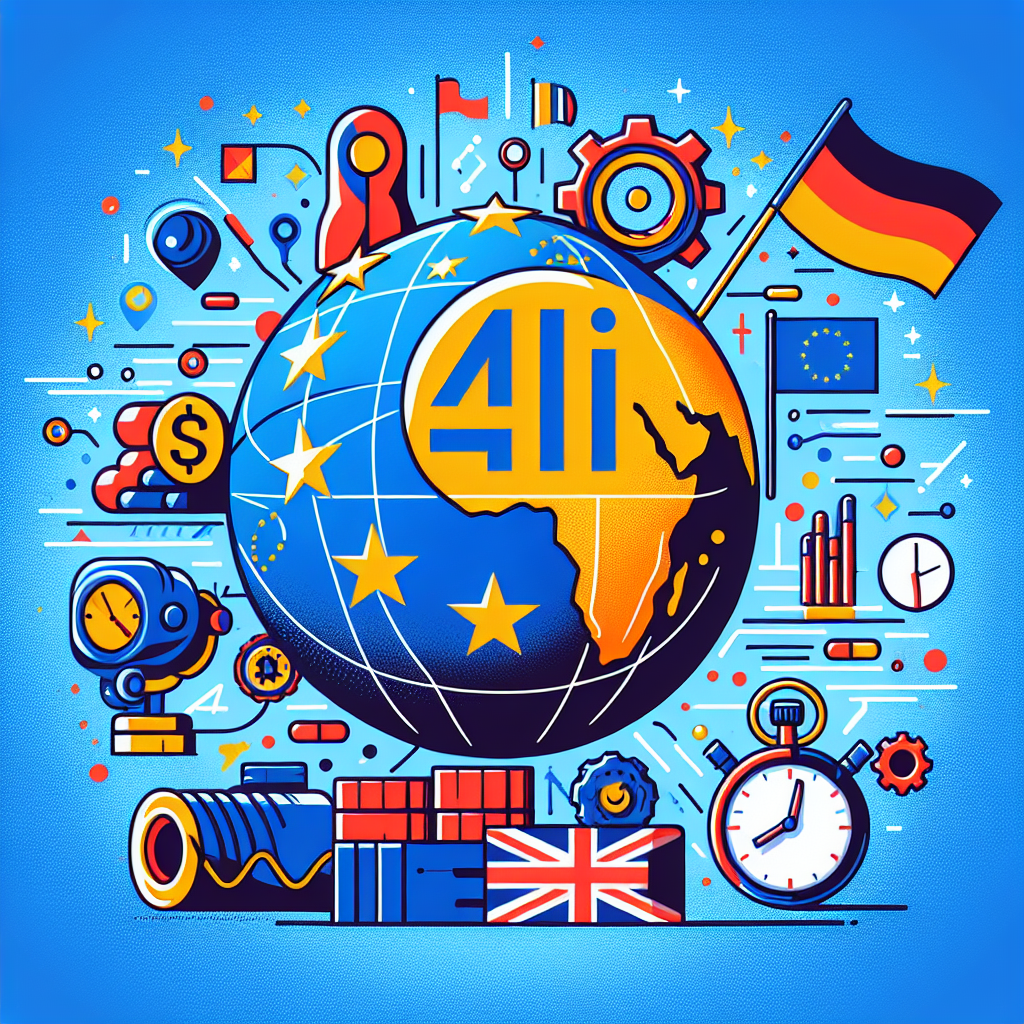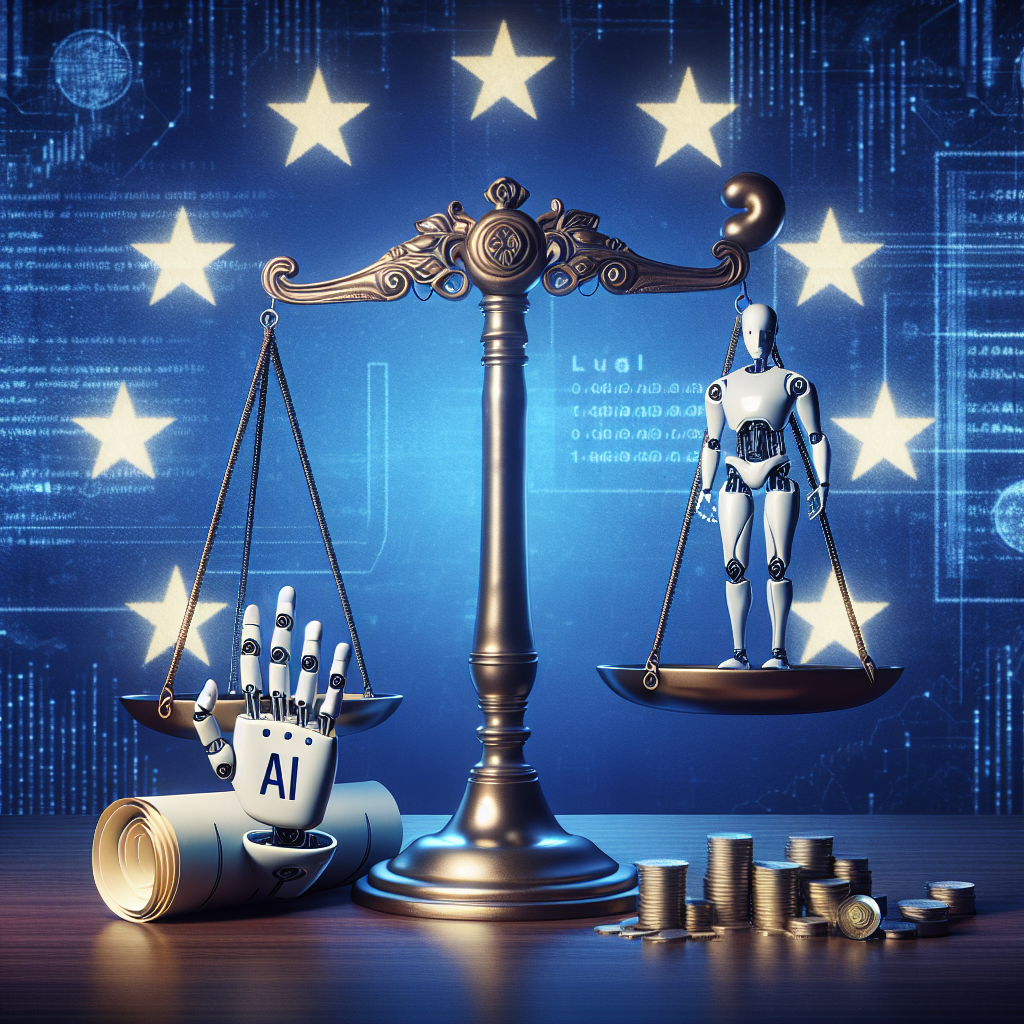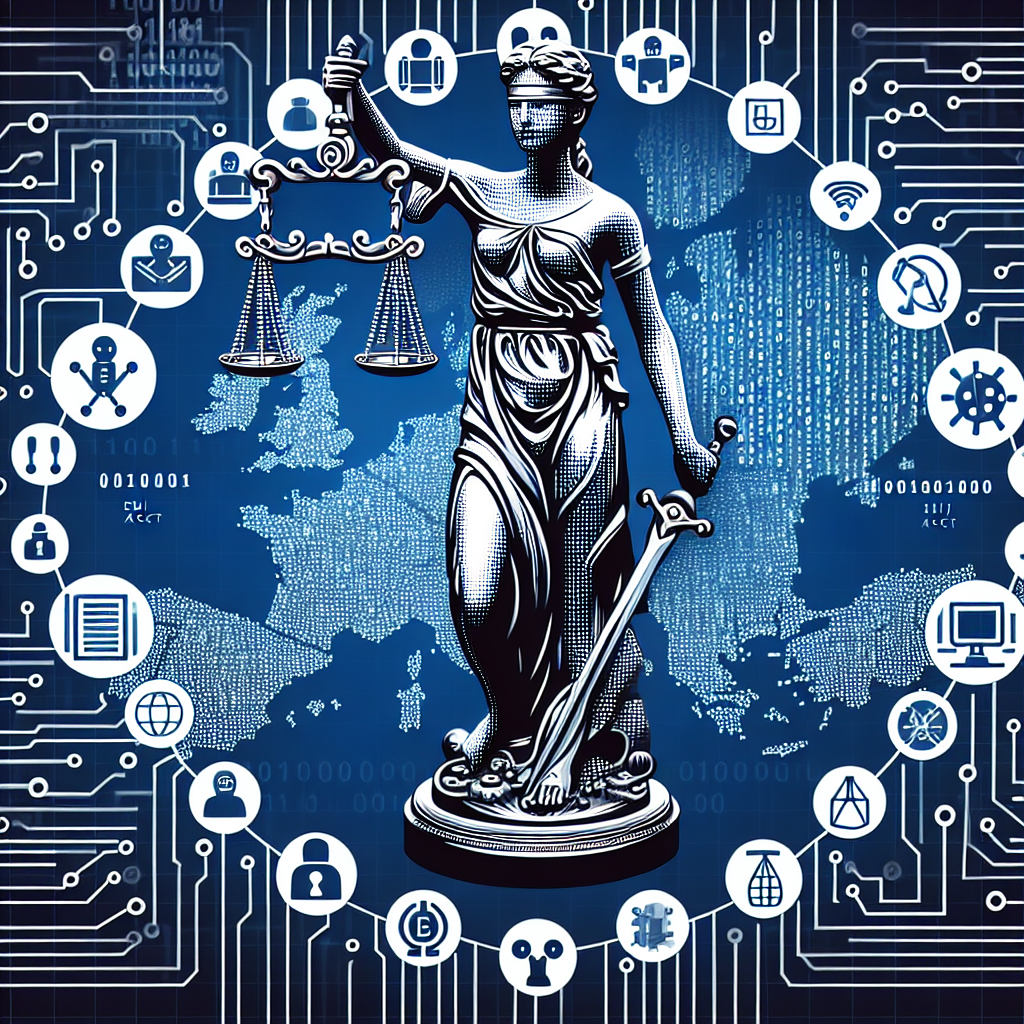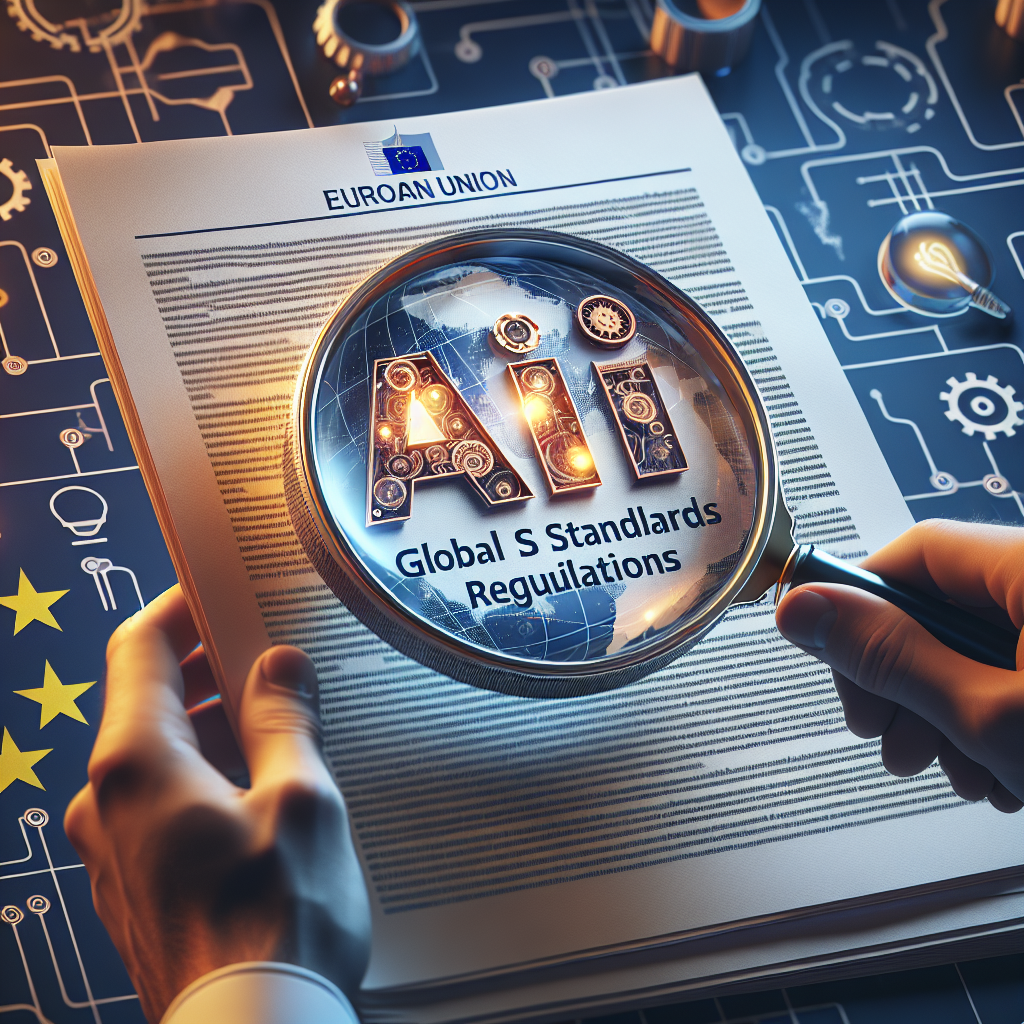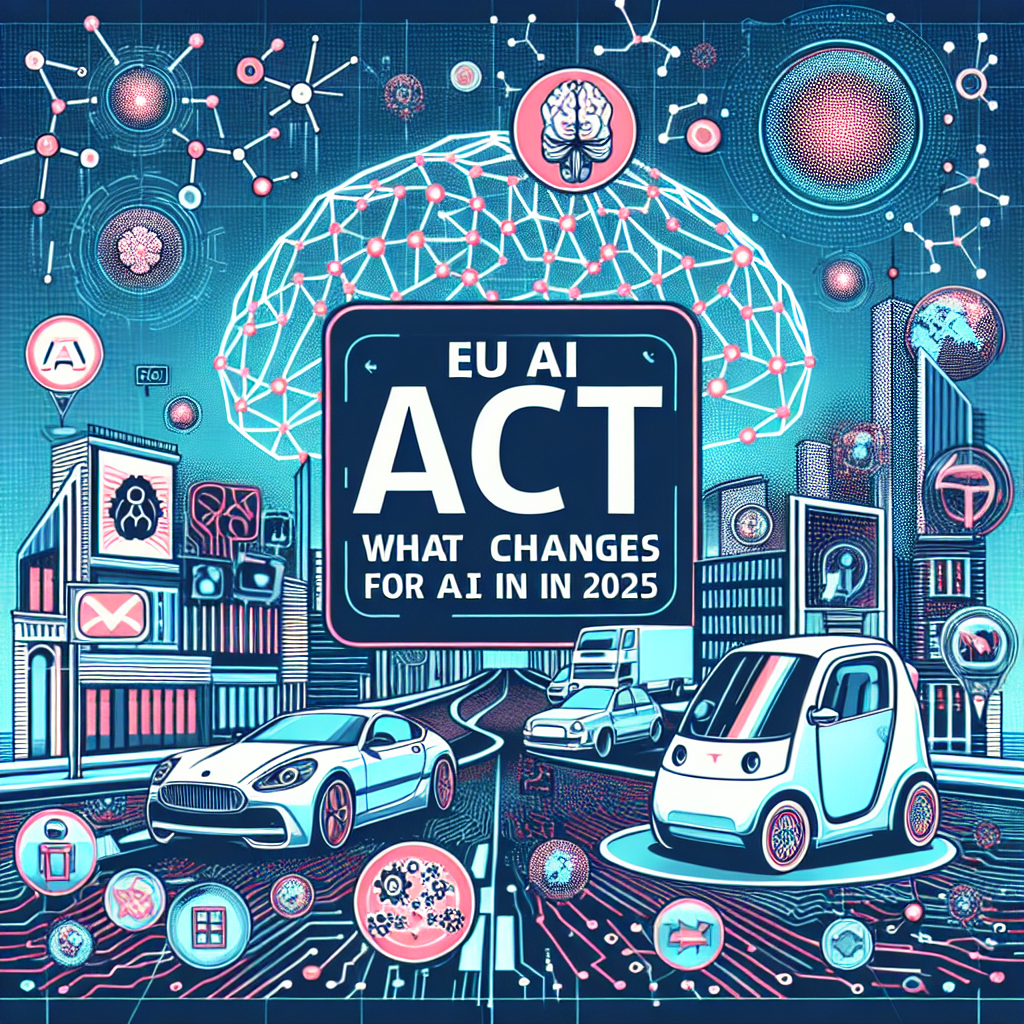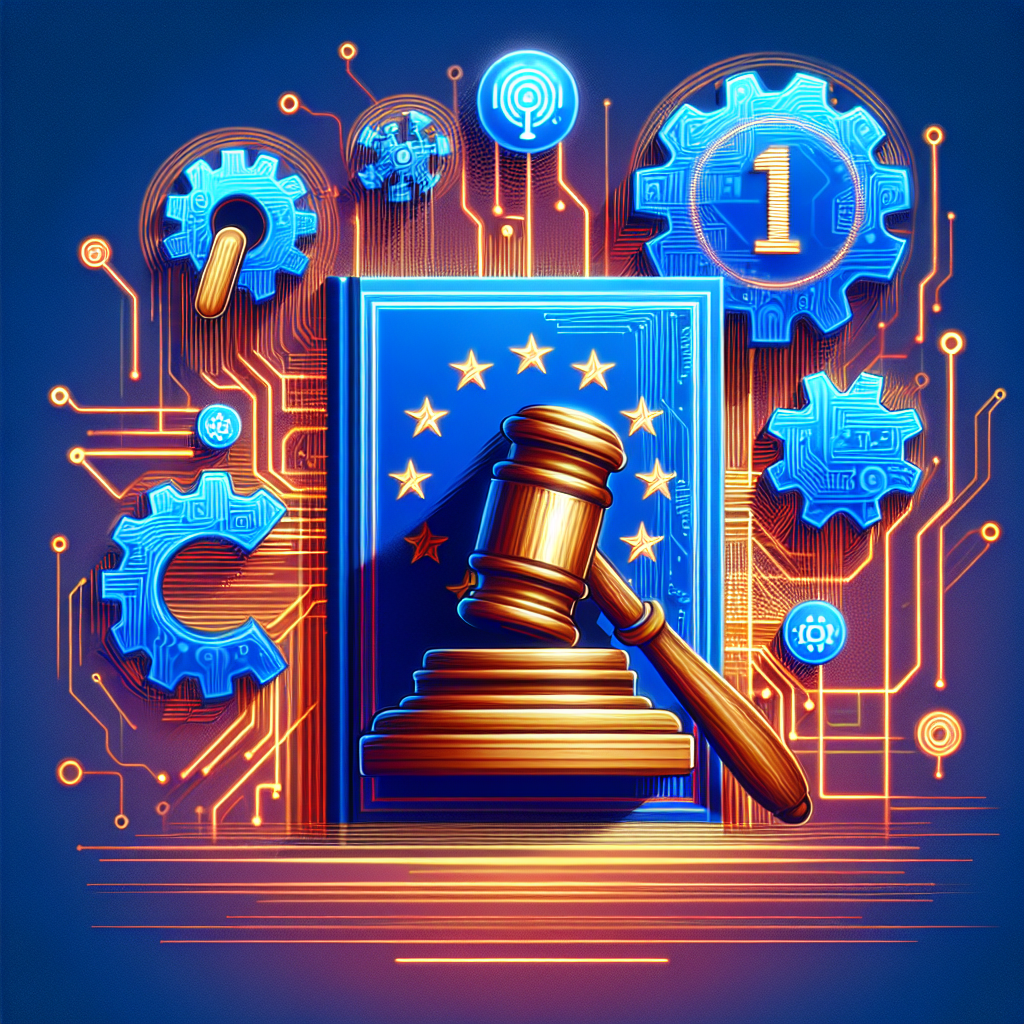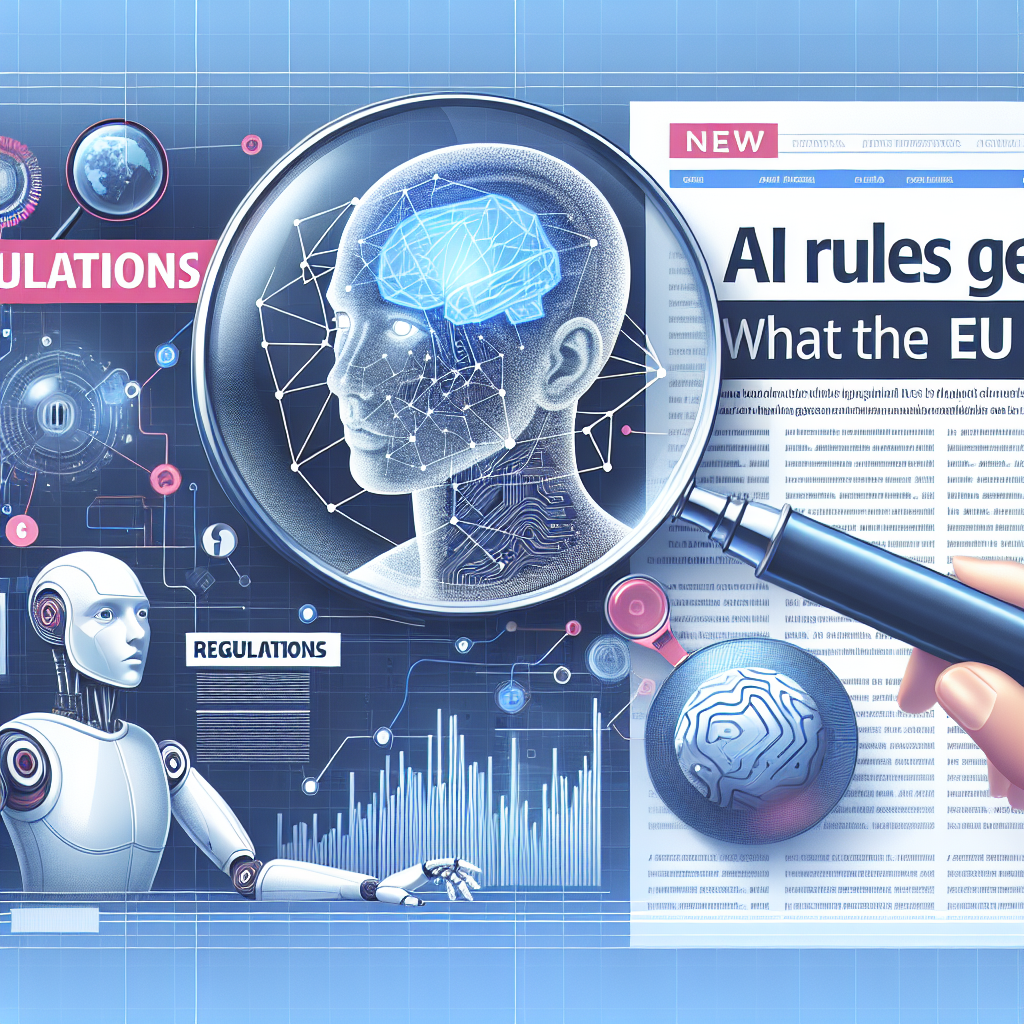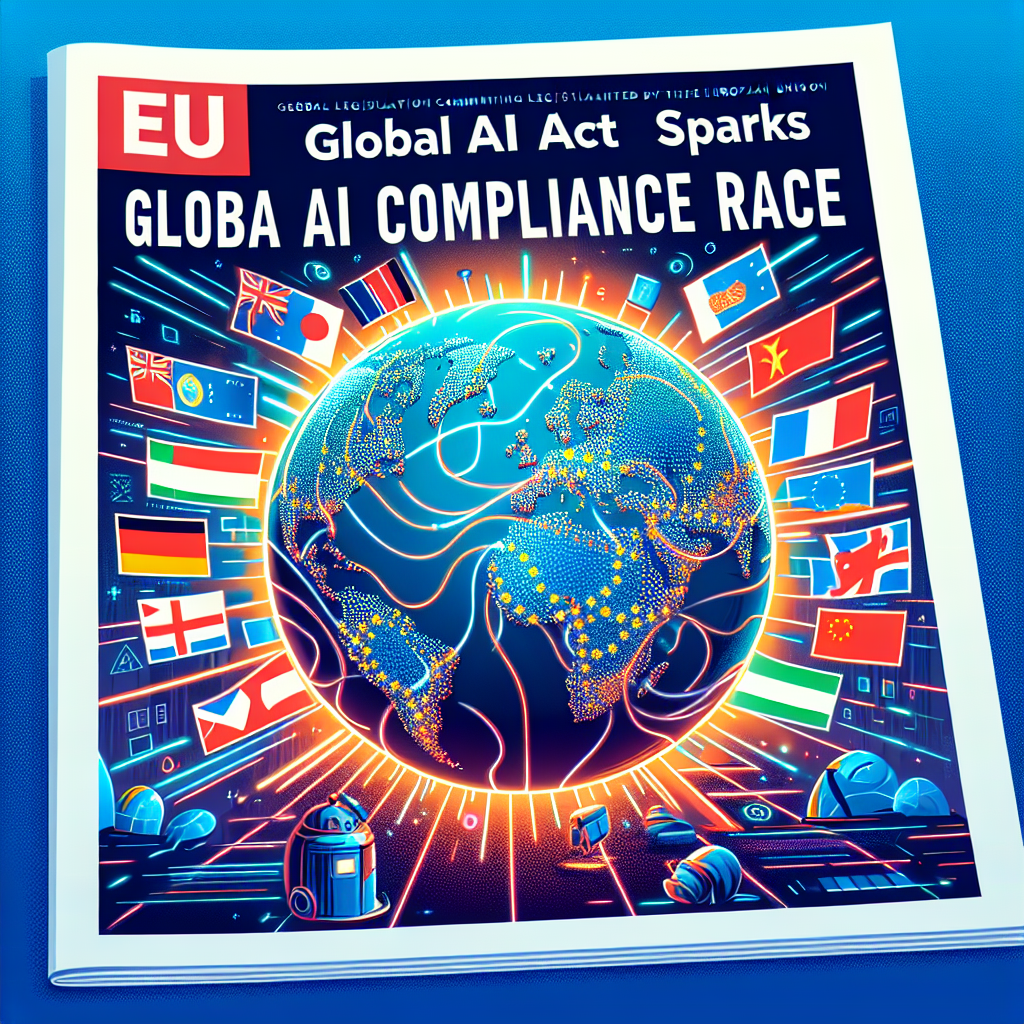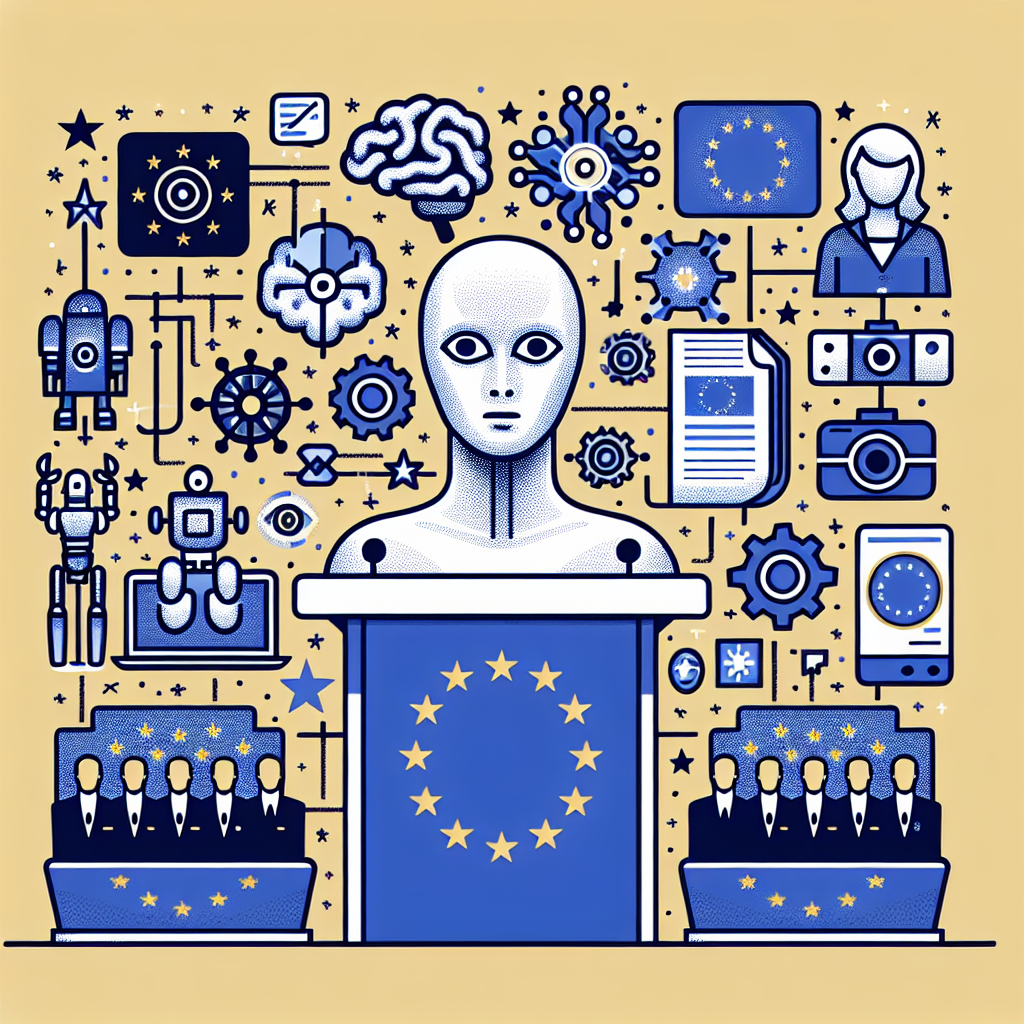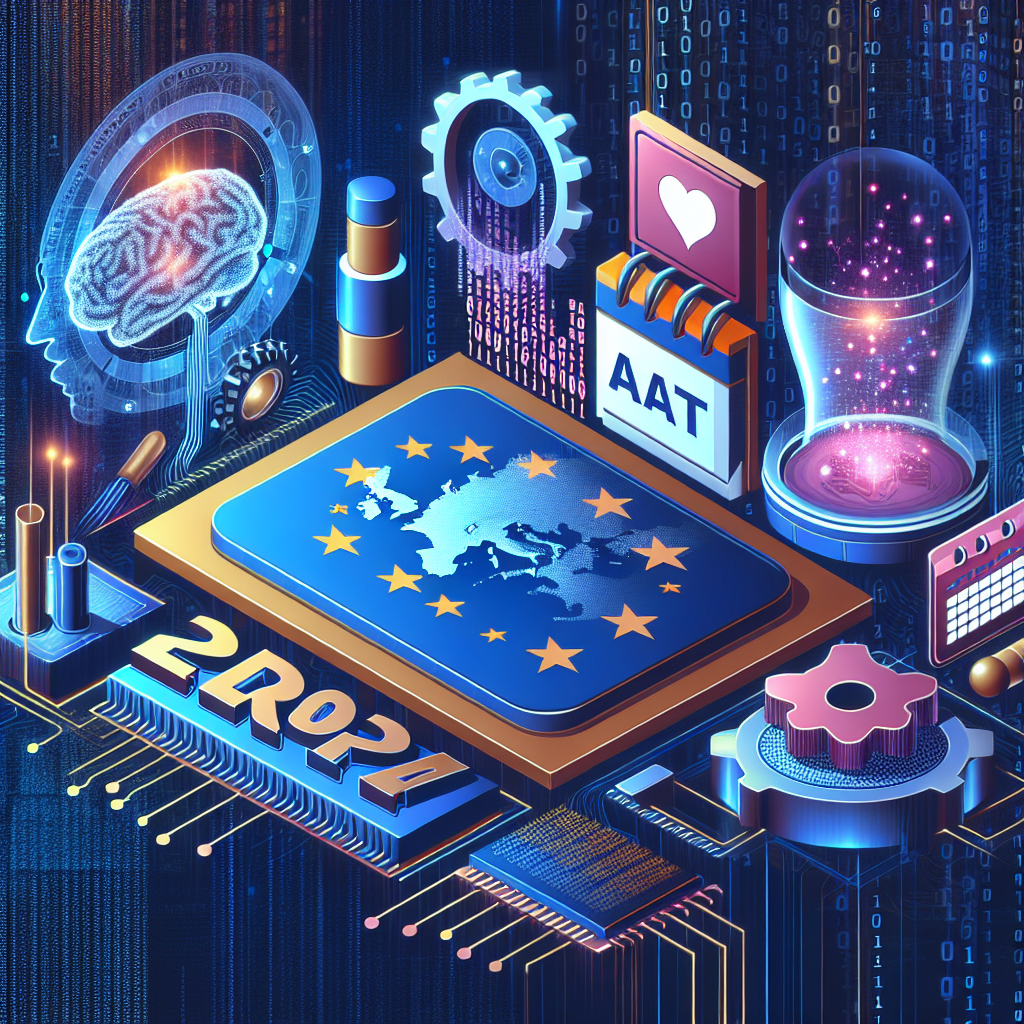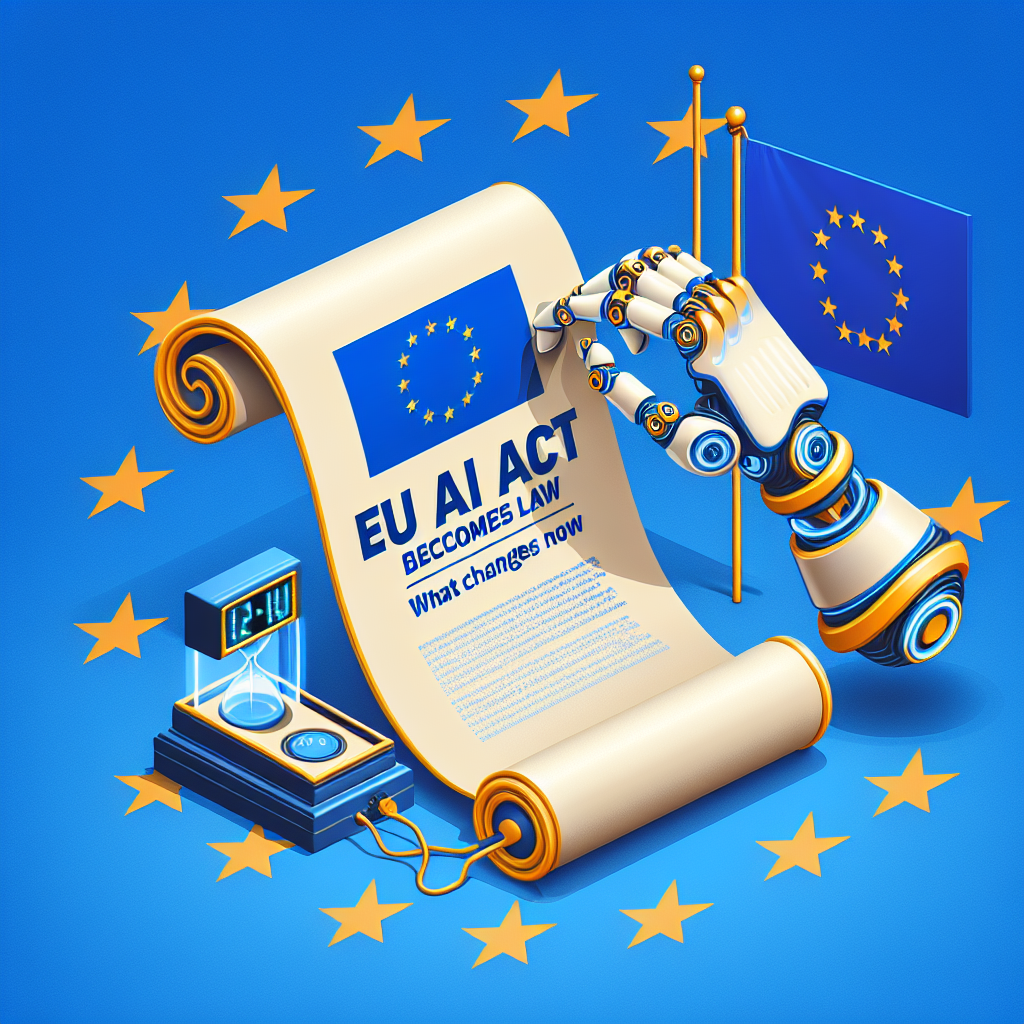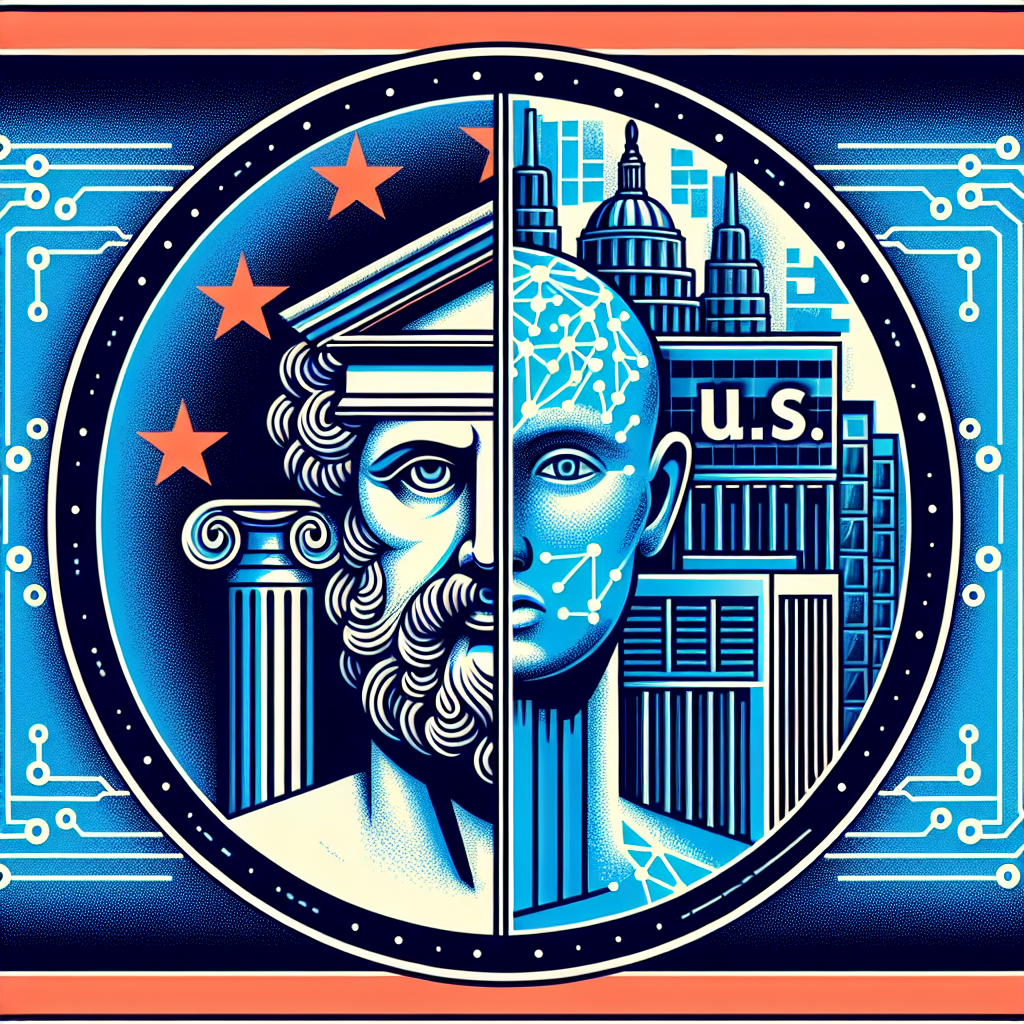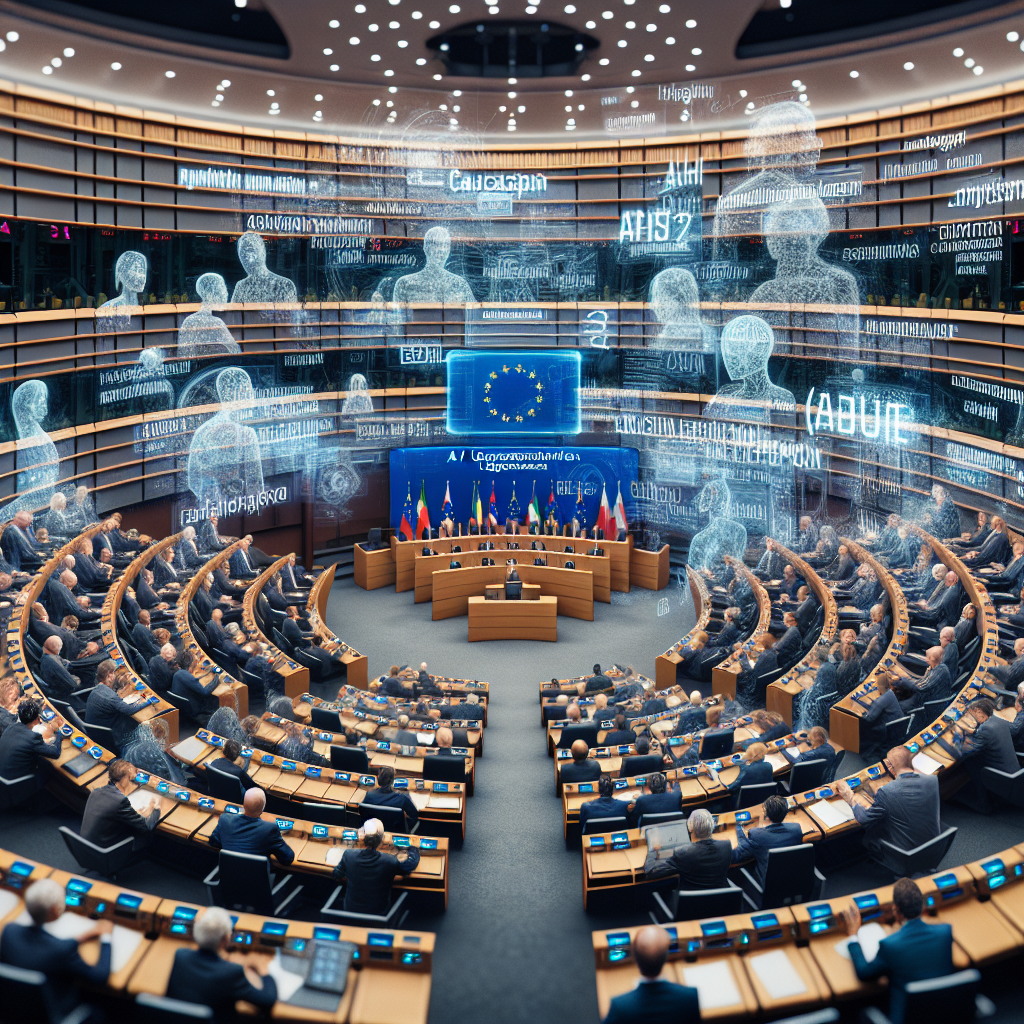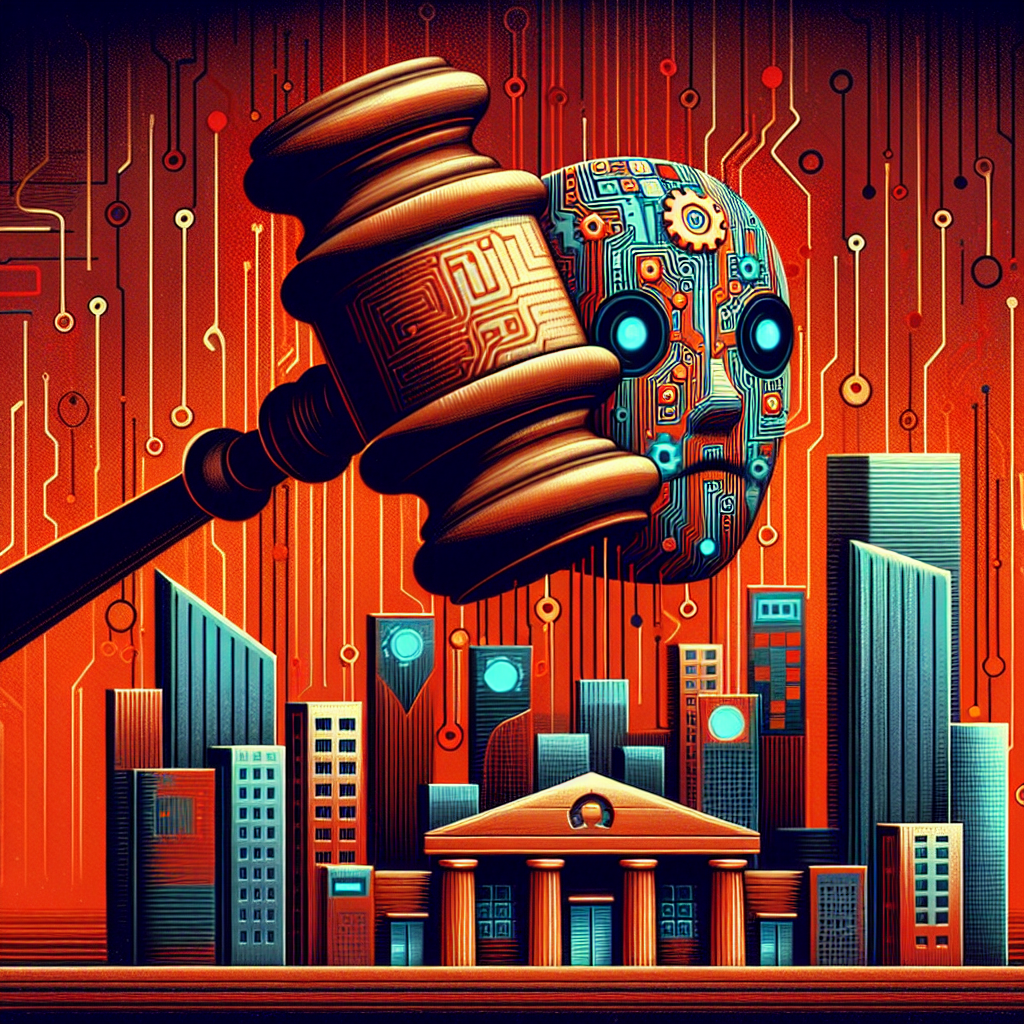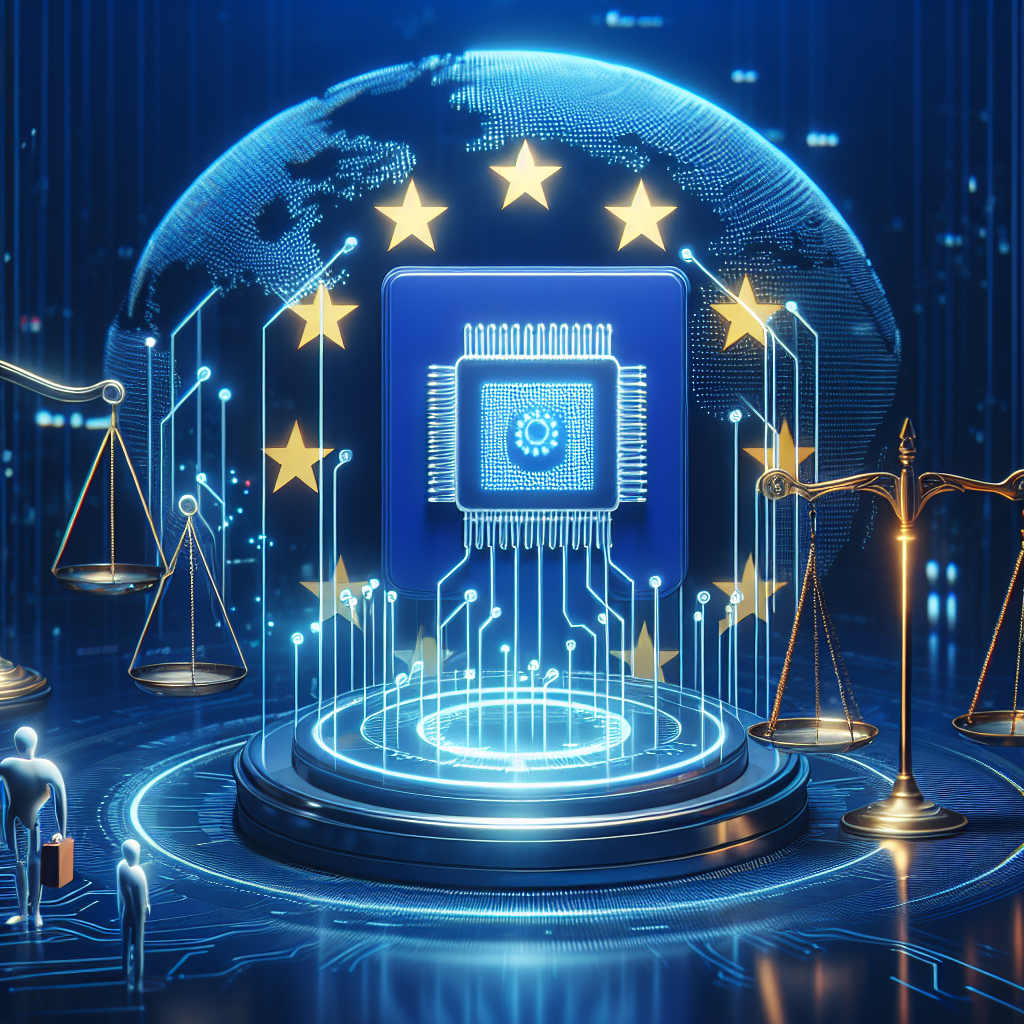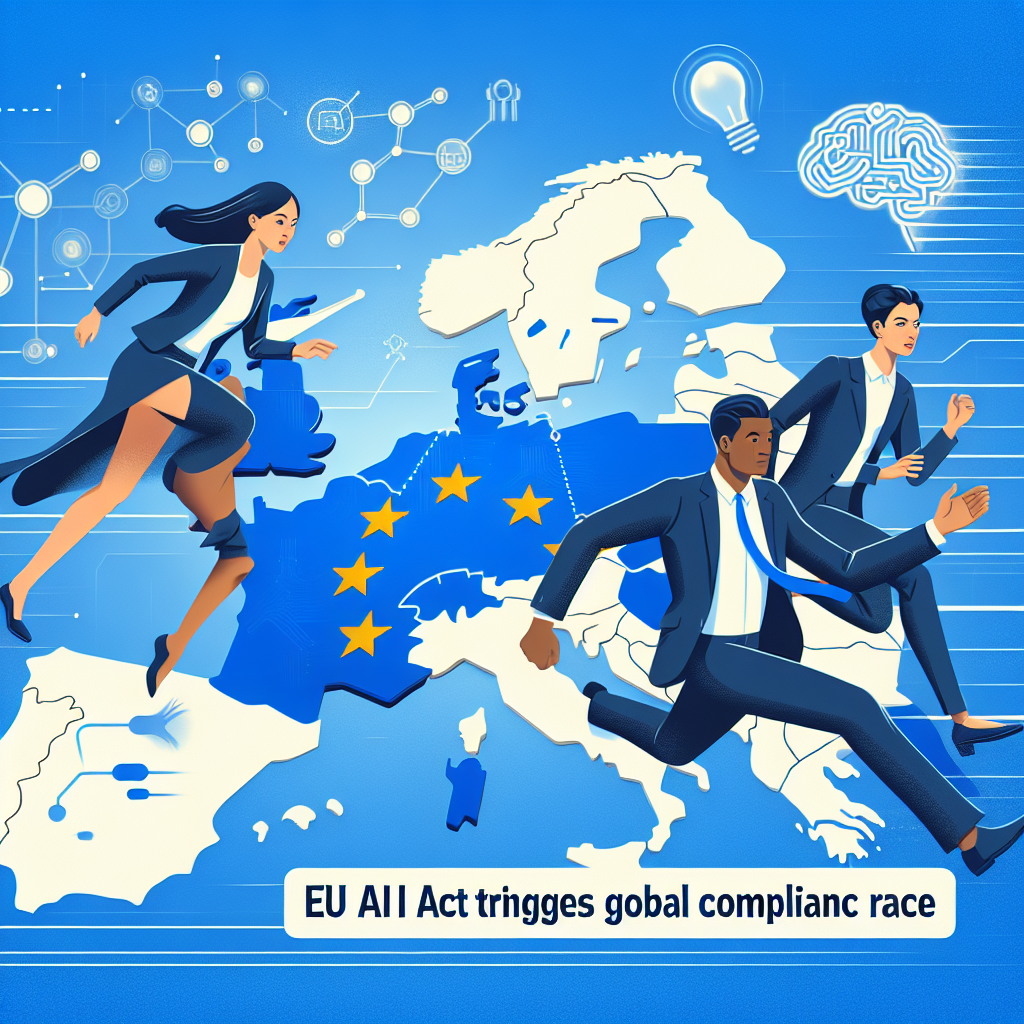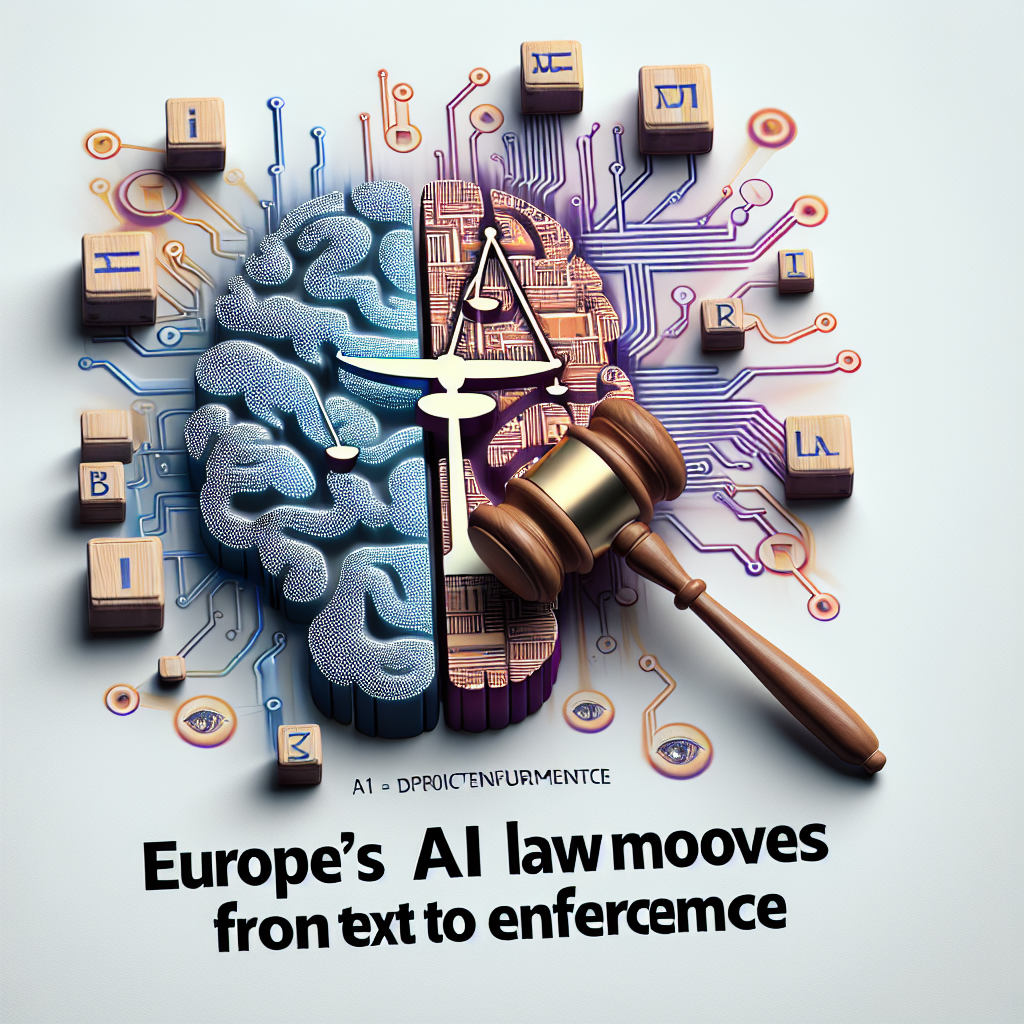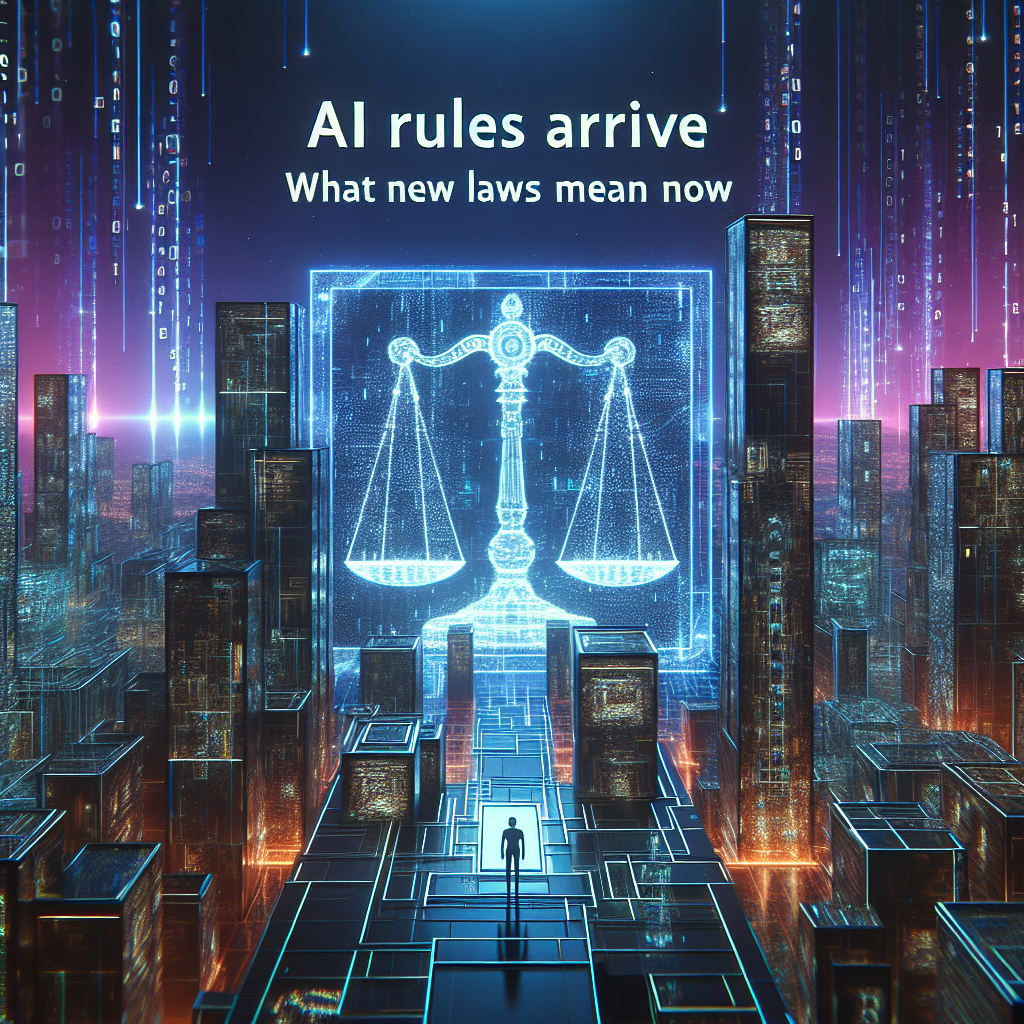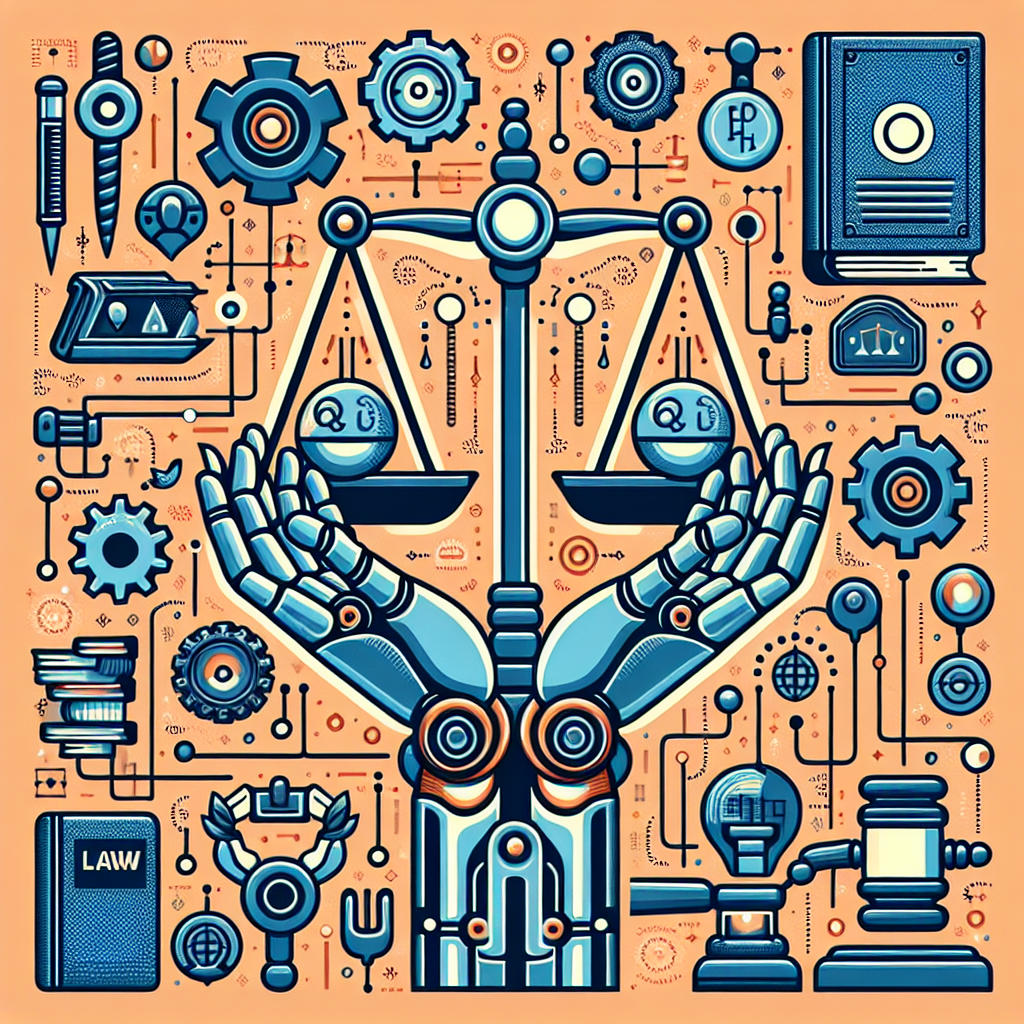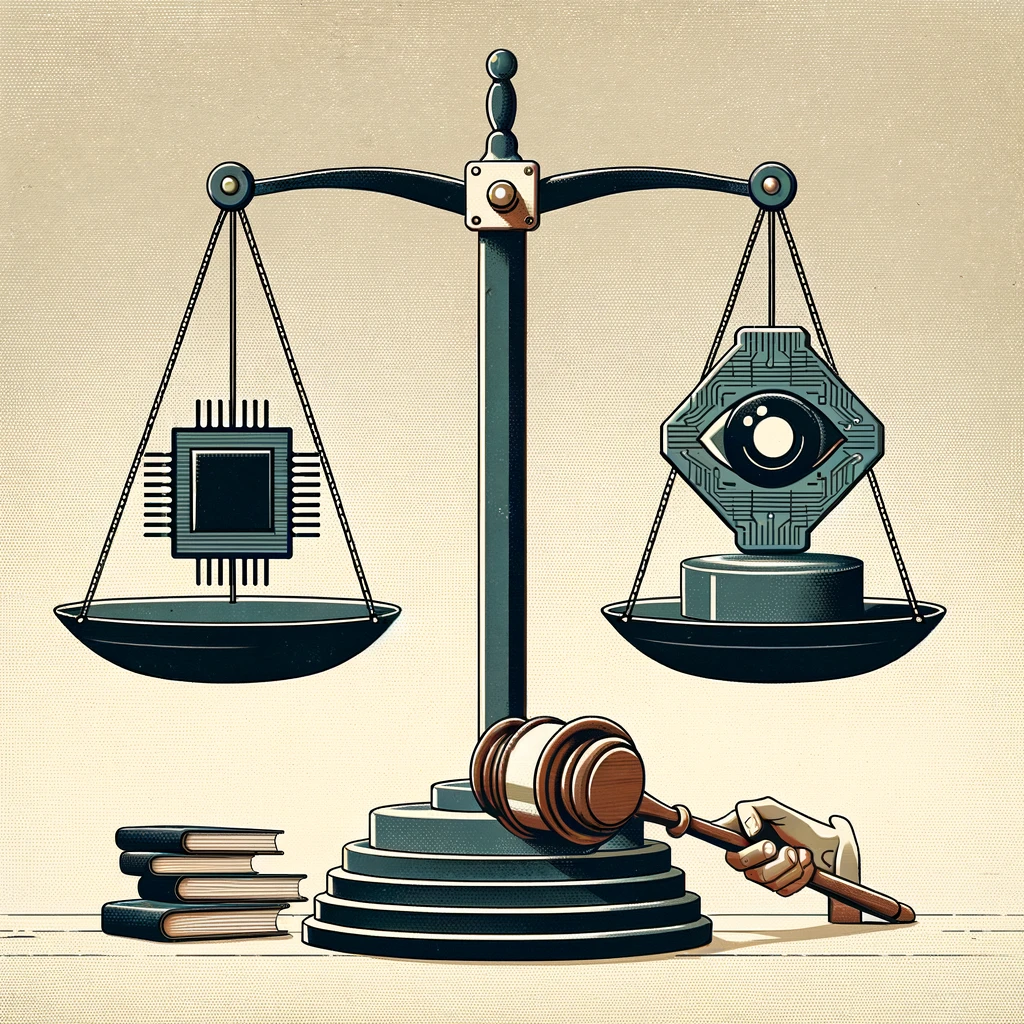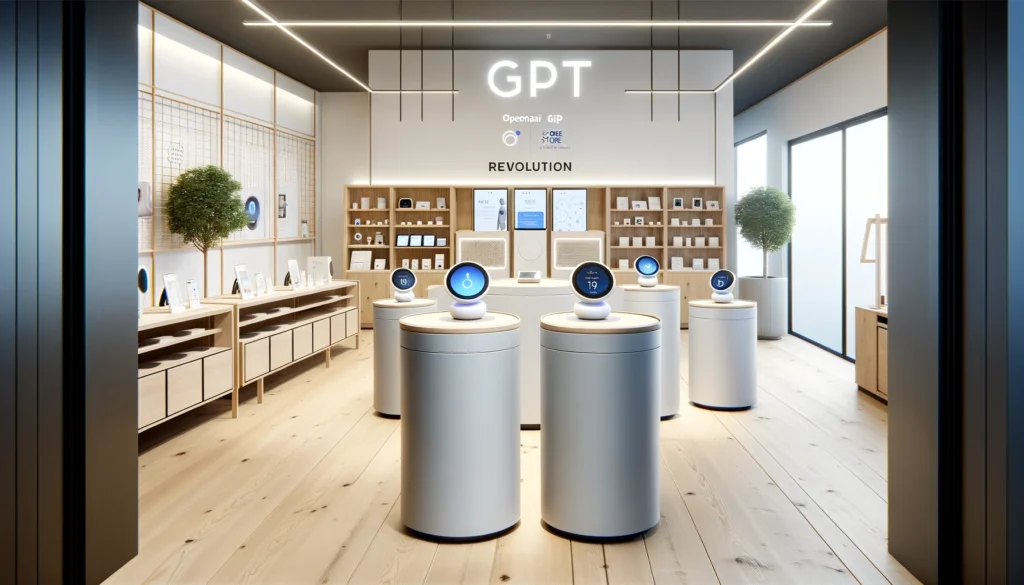EU AI Act Takes Shape: What It Means for AI

Europe sets rules as AI adoption accelerates
Europe has approved the landmark EU Artificial Intelligence Act, the first comprehensive law to govern AI across a major market. The law establishes a risk-based framework and introduces steep penalties for violations. Supporters say it will boost trust and set clear expectations. Critics warn it could slow innovation. The stakes are high. AI systems are moving from pilot projects to everyday use in search, productivity tools, customer service, and public services.
The European Parliament backed the act in 2024. Final wording was agreed after months of negotiations among member states and EU institutions. The law will apply in phases over the next few years. Companies that build or deploy AI in the EU now face a long compliance runway. As European Commission President Ursula von der Leyen said after the vote, Europe is the first continent to set clear AI rules.
What the law does: a risk-based approach
The EU AI Act sorts systems into categories, with obligations rising with potential harm:
- Prohibited uses: Certain applications are banned, such as untargeted scraping of facial images for recognition databases, social scoring by governments, and manipulative systems that exploit vulnerabilities. Violations can trigger fines of up to €35 million or 7% of global turnover, whichever is higher.
- High-risk systems: AI used in areas like critical infrastructure, employment, credit scoring, education, medical devices, and law enforcement will face strict controls. Providers must implement risk management, data governance, human oversight, security, and post-market monitoring. Documentation and conformity assessments are required before market entry.
- Limited-risk systems: Tools like chatbots and AI that generate or manipulate content must meet transparency requirements. Users should be informed they are interacting with AI. Synthetic media should be labeled.
- Minimal-risk systems: Most AI, including spam filters or video game AI, faces no new obligations.
The law also addresses so-called general-purpose AI (GPAI), including large models used across many applications. Providers of the most capable models face extra duties around model evaluation, incident reporting, and cybersecurity. All providers must respect EU copyright law and publish summaries of training content as part of transparency measures.
Penalties and timelines
The act introduces tiered penalties: up to €35 million or 7% of global revenue for banned practices, €15 million or 3% for violations of obligations, and €7.5 million or 1% for supplying incorrect information. Exact amounts depend on company size and the severity of the breach.
Rules will roll out in phases. Bans on prohibited practices will take effect first, followed by requirements for general-purpose models and then high-risk systems. National regulators and an EU AI Office within the European Commission will coordinate oversight. Technical standards from European bodies are expected to guide how companies comply.
Industry and civil society reactions
Large technology firms have publicly backed the need for rules, while pushing for regulatory clarity. In testimony to the U.S. Senate in 2023, OpenAI CEO Sam Altman said, “We think that regulatory intervention by governments will be critical to mitigate the risks of increasingly powerful models.” European lawmakers point to such statements as evidence that guardrails and innovation can coexist.
Startup groups, however, remain wary. They fear compliance costs could be heavy for young companies. Cloud providers and open-source foundations are watching how obligations will apply to model developers versus downstream deployers. Civil society organizations welcome bans on some biometric surveillance, but argue the law does not go far enough to prevent intrusive uses in public spaces. Many call for strong enforcement and clear guidance to avoid uncertainty.
A global patchwork takes shape
Europe’s move lands amid a growing patchwork of AI frameworks. The United States has no federal AI law, but agencies are issuing guidance. The National Institute of Standards and Technology (NIST) released an AI Risk Management Framework in 2023 to help organizations design and assess “trustworthy” AI. It highlights characteristics such as safety, security, accountability, transparency, explainability, privacy, and fairness.
International efforts are also underway. At the UK’s AI Safety Summit in 2023, governments and companies signed the Bletchley Declaration, noting the potential for “serious, even catastrophic, harm” from the most advanced systems and pledging cooperation. The G7’s Hiroshima process produced voluntary codes for advanced AI developers. The Organisation for Economic Co-operation and Development (OECD) has updated its AI principles and model reporting guidance.
The result is convergence on some core ideas: identify and manage risk, document models and data, test systems before deployment, and place humans in the loop where needed. But compliance will vary by jurisdiction, and global companies must track multiple rulebooks.
What changes for companies and users
For firms building or buying AI systems, the practical impact of the EU AI Act will include:
- Inventory and classification: Map AI systems, determine their risk category, and identify roles (provider, deployer, importer, distributor).
- Data governance: Document datasets, address quality, representativeness, and bias. Track data lineage and licensing, including copyright compliance.
- Testing and evaluation: Expand pre-deployment testing, adversarial robustness checks, and ongoing monitoring. Use independent audits where required.
- Human oversight: Define clear human control points for high-risk systems. Train staff and establish escalation paths.
- Security and incident response: Harden models and pipelines. Report serious incidents and deploy patches quickly.
- Transparency: Label AI-generated or manipulated content. Inform users when they interact with AI. Publish model and system documentation tailored to the audience.
- Supplier management: Add AI clauses to contracts. Ensure upstream model providers supply required documentation.
Consumers and citizens should see more disclosure around where AI is used and how decisions are made. In sensitive areas, such as hiring or credit, organizations will need to explain decisions and provide avenues for redress.
Open questions and what to watch
Several issues will shape how the law works in practice. Technical standards will translate legal text into testable criteria. Regulators must coordinate across borders to handle cross-EU deployments. The role of the new EU AI Office will be critical for overseeing powerful general-purpose models. Guidance on open-source components and research exemptions will matter to universities and non-profits.
Companies across sectors—from finance and healthcare to manufacturing and media—are now aligning governance programs with the act and with international frameworks like NIST’s. The near-term task is clear: build AI systems that are safe, fair, and accountable, without losing the momentum that has driven rapid adoption. Europe’s bet is that clear rules will foster long-term trust and growth. The world will be watching how that bet plays out.





























